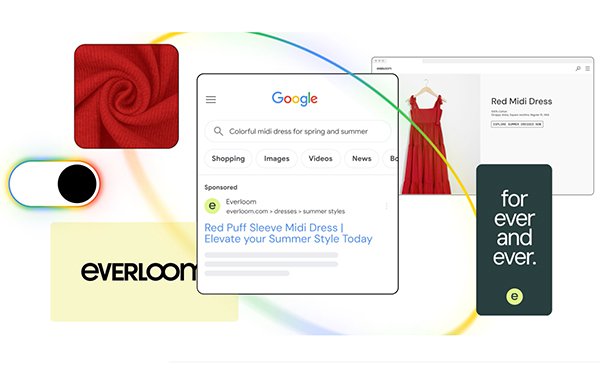
Google has begun to release details
on how artificial intelligence will improve advertising. The company on Tuesday introduced a suite for search campaigns with one-click features where AI learns from current keywords, creative and URLs
to help ads serve up related to more relevant searches.
The suite in Google Ads -- AI Max for Search -- will begin rolling out to advertisers globally in beta later this month.
The platform brings improved targeting and creative enhancements supported by Google AI for Search campaigns.
AI Max for Search offers smarter search-term matching to expand on existing
keywords using broad match and keywordless technology to find more relevant and high-performing search queries.
Keywords and keywordless matches are prioritized in serving the same way they
are today in Search and Performance Max campaigns.
advertisement
advertisement
Improving performance with the ability to access new queries is intended to give advertisers greater control and transparency in reporting,
something the industry has been asking for.
Data in early tests shows that advertisers activating AI Max in Search campaigns will typically see 14% more conversions, or conversion value
at a similar cost per acquisition (CPA) and return on ad spend (ROAS). For campaigns that are still mostly using exact and phrase keywords, the typical uplift is even higher at 27%, according to
Google.
L’Oréal reported 2x higher conversion rates and 31% lower costs by tapping into net-new search queries with AI Max.
MyConnect, based in Australia, used AI Max to
boost leads by 16% while cutting cost-per-action by 13%.
Under the “asset optimization” panel in AI Max, text customization, formerly known as “automatically created
assets,” helps to generate new text assets, like headlines and descriptions, based on your landing page, ads and keywords.
AI Max comes with new controls that provide precision
previously used for keywords. And now, exclusively in AI Max for Search campaigns, locations of interest help advertisers reach specific customers based on their geographical intent at the ad group
level.